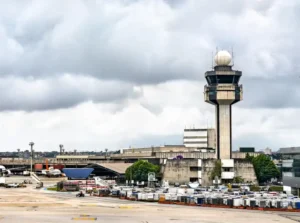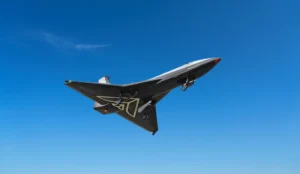Digital Travel Pass & Face ID to Replace Airport Check-Ins
Facial recognition and digital journey passes may soon replace boarding passes and check-ins, as part of a global initiative to digitize air travel.

Photo Source: Euro Weekly News
Air travel is on the brink of a major digital transformation as global aviation leaders prepare to replace traditional boarding procedures with a facial recognition-driven journey. In a revolutionary move, the International Civil Aviation Organization (ICAO) is spearheading a proposal to eliminate check-ins and physical boarding passes entirely, replacing them with a “digital travel credential” and a mobile-based “journey pass.”
This UN-backed initiative will enable passengers to upload their passport data to their smartphones and use facial recognition to pass through airport checkpoints. Once a flight is booked, the journey pass is downloaded to the traveler’s device and updates automatically with any schedule changes.
The concept is designed to remove current pain points in the passenger journey such as manual check-ins and barcode-scanning boarding passes. Airlines will be notified when a traveler arrives at the airport simply through facial scanning at key touchpoints, ensuring a seamless flow from entry to boarding.
Valérie Viale, Director of Product Management at Amadeus, described the development as the most significant upgrade in air travel since the introduction of e-ticketing in the early 2000s. “The industry is evolving to adopt more modern, integrated systems similar to tech leaders like Amazon,” she said.
Although such a digital overhaul raises questions about data privacy, companies working on the system assure that personal data will be wiped within 15 seconds after each interaction.
In addition to streamlining check-in processes, the digital pass could also automate passenger rebooking for missed connections. If a delay causes a traveler to miss a connecting flight, the journey pass would update with new flight details instantly—eliminating the need for manual intervention.
While the concept still requires major upgrades in airport infrastructure—including biometric gates and mobile passport readers—it could become reality within the next three years, marking the biggest digital leap in aviation in decades.






